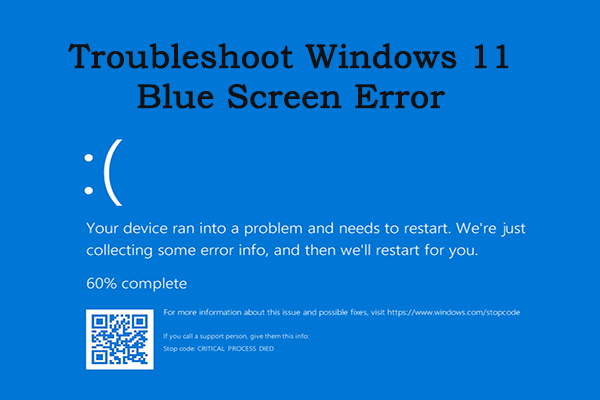Troubleshooting Blue Screen Errors (BSOD): A Simple and Easy Guide
Seeing a blue screen error on your computer can be alarming, but don't worry! These errors, often called Blue Screen of Death (BSOD), are common and usually fixable. This guide will help you understand what causes BSODs and how to fix them in simple steps. Let's get your computer back to normal!
What is a Blue Screen Error (BSOD)?
A Blue Screen of Death (BSOD) occurs when your computer encounters a serious error that it cannot recover from without restarting. This error screen is usually blue, displaying a message that can help identify the problem.
Keywords: blue screen error, Blue Screen of Death, BSOD
Common Causes of BSOD and How to Fix Them
1. Hardware Issues
Faulty hardware can cause BSODs. Check your computer's RAM, hard drive, and other components to ensure they are functioning properly. Running diagnostic tools provided by your computer's manufacturer can help identify hardware issues.
Keywords: hardware issues, faulty hardware, diagnostic tools
2. Driver Problems
Outdated or incompatible drivers can lead to BSODs. Make sure all your drivers are up to date. You can update your drivers through the Device Manager in Windows or by visiting the manufacturer's website.
Keywords: driver problems, update drivers, incompatible drivers
3. Software Conflicts
Conflicting software can cause BSODs. Uninstall any recently installed software to see if the problem goes away. Ensure your operating system and all software are updated to the latest versions.
Keywords: software conflicts, uninstall software, update software
4. Overheating
Overheating can trigger a BSOD. Make sure your computer's cooling system is working properly. Clean any dust from fans and vents and ensure your computer is in a cool, well-ventilated area.
Keywords: overheating, cooling system, clean fans
5. Corrupted System Files
Corrupted system files can cause your computer to crash. Use the built-in System File Checker tool in Windows to scan and repair these files. Open Command Prompt as an administrator and type sfc /scannow.
Keywords: corrupted system files, System File Checker, sfc /scannow
6. Virus or Malware
Viruses or malware can cause BSODs. Run a full system scan using a reliable antivirus program to detect and remove any malicious software.
Keywords: virus or malware, full system scan, antivirus program
Additional Tips for Preventing BSODs
- Keep Your System Updated: Regularly update your operating system and all installed software.
- Backup Your Data: Regular backups can prevent data loss if a BSOD occurs.
- Avoid Installing Unnecessary Software: Only install software from trusted sources.
Keywords: system updates, backup data, trusted sources
Conclusion
Blue screen errors (BSOD) can be scary, but they are often easy to fix. By following the steps in this guide, you can troubleshoot and resolve most BSOD issues. Remember to check your hardware, update your drivers, and keep your system clean and cool. Happy computing!






0 Comments